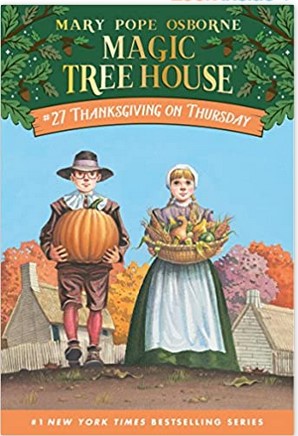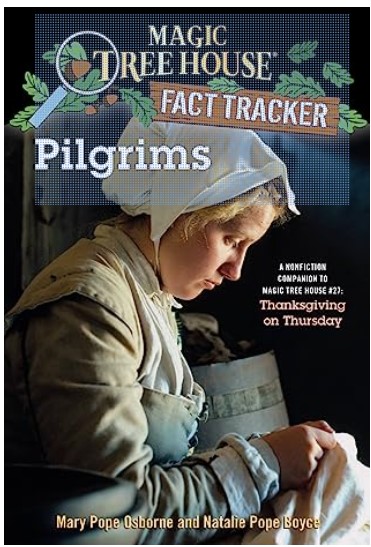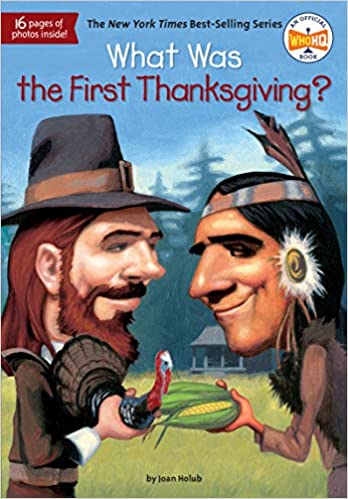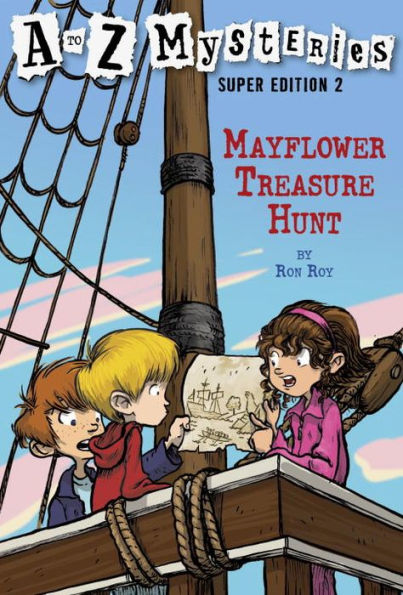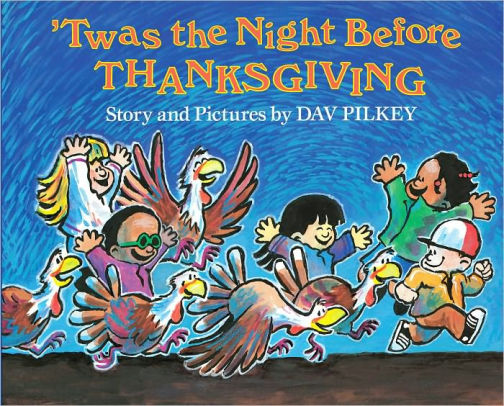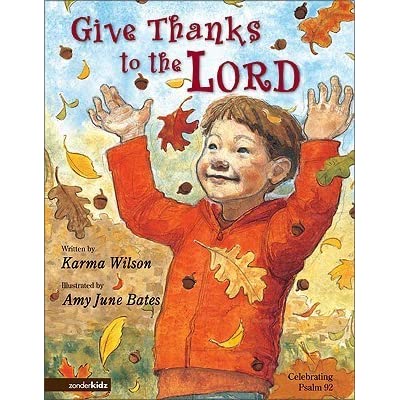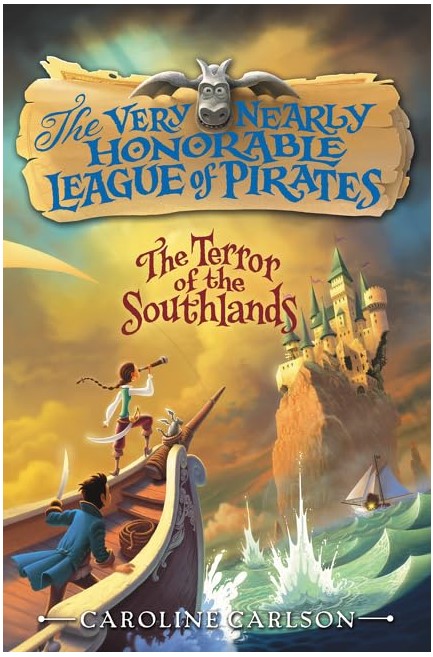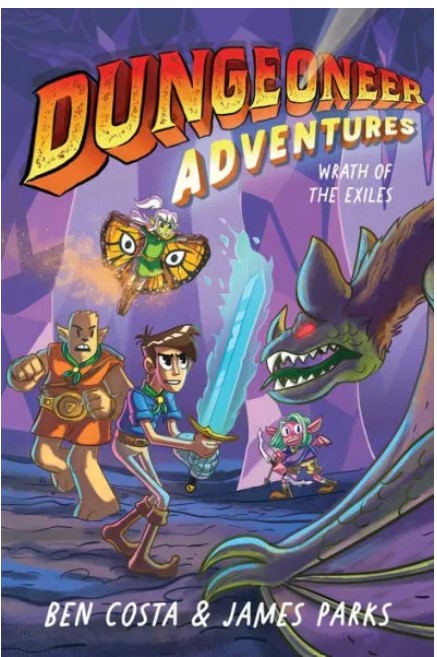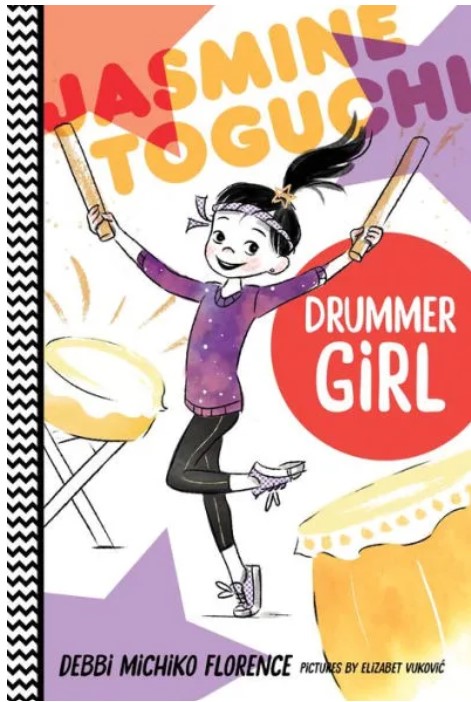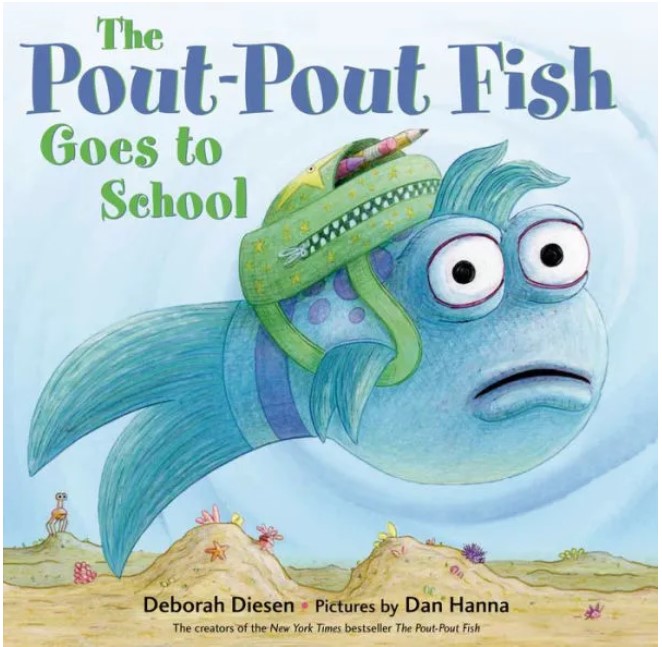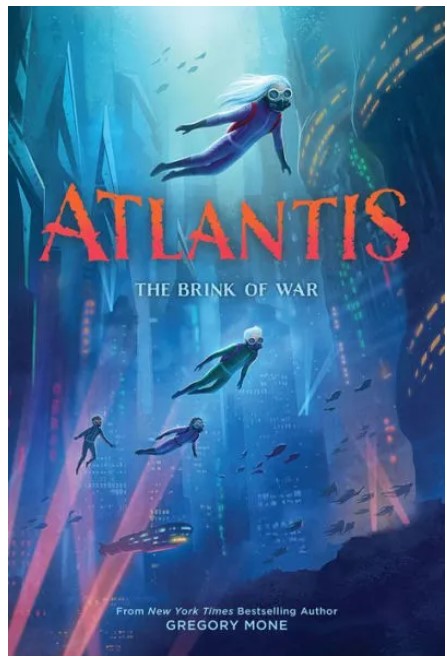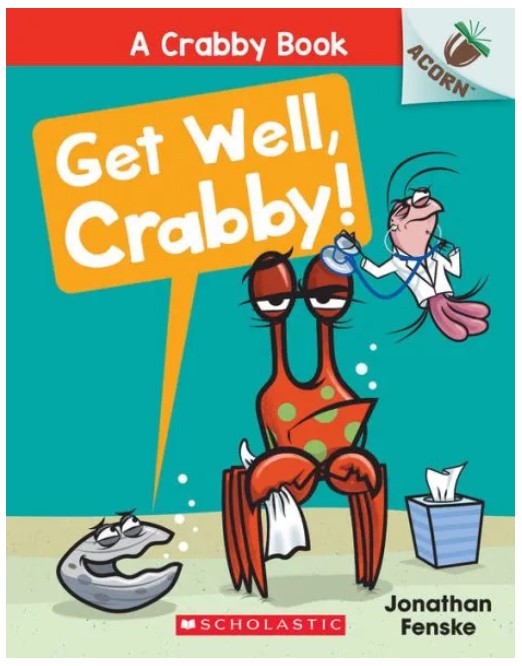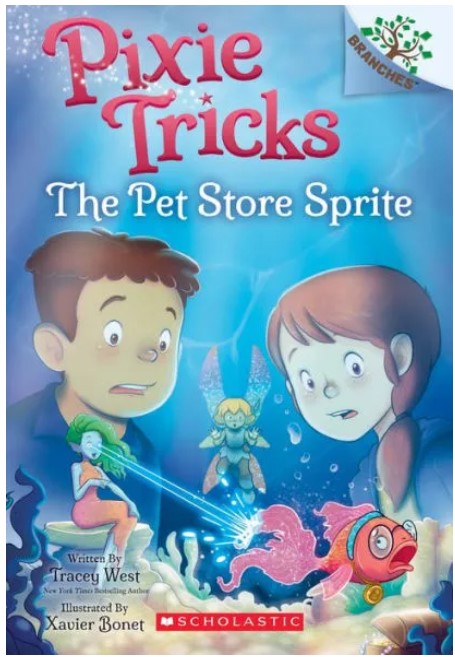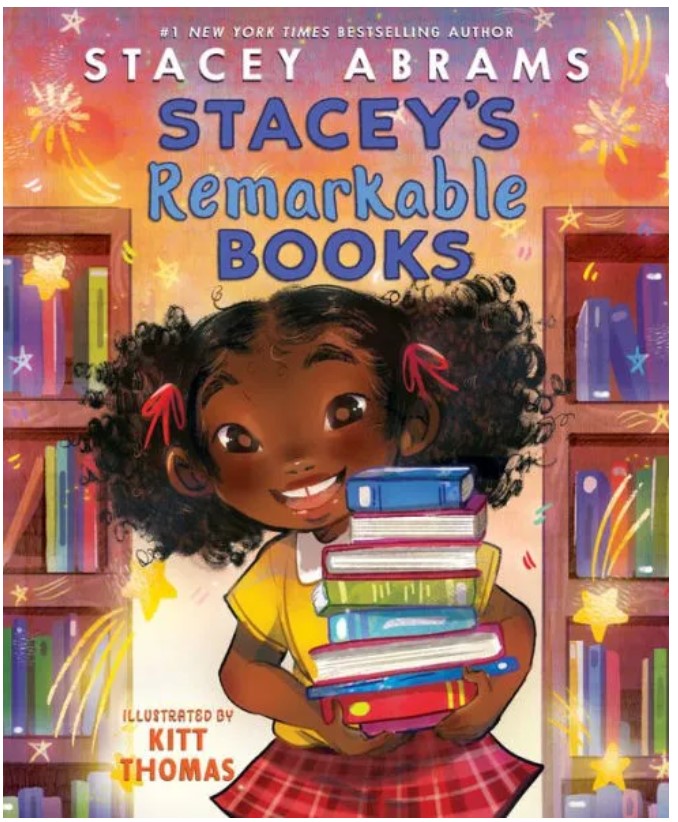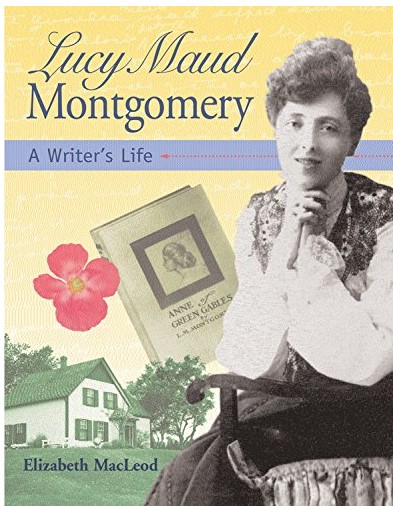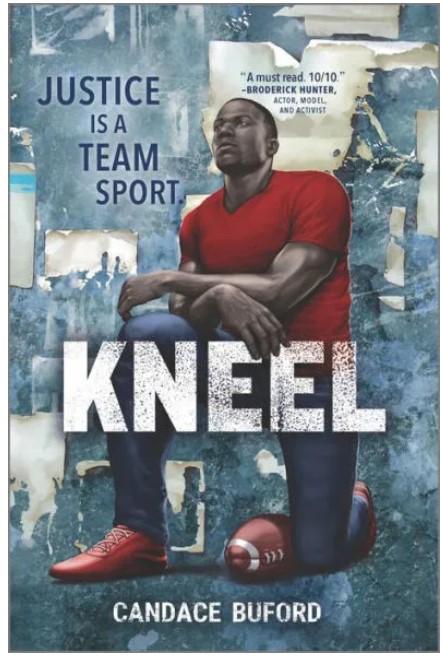With each step, orange leaves crunch, and the smell of roasted turkey seeps into the living room. Paper-hand turkeys cover the fridge and the taste of pumpkin pie warms the heart. There are so many amazing traditions that come with Thanksgiving. Now, where did these traditions come from? Jack and Annie travel to Plymouth in 1621 to experience the first Thanksgiving and find out.
When Jack and Annie arrive, they are dressed in outfits that look just like the other settlers. Annie wears a long dress with an apron and Jack wears trousers with stockings. They silently try to make their way to the village, but Jack gets caught in a trap. With all the commotion, the settlers and Squanto, a member of the Wampanoag tribe, spot the siblings.
Jack and Annie are interesting and likable characters. Jack’s fearsome nature compliments Annie’s brave and headstrong attitude. This is shown even more with the black and white illustrations. For example, when Jack grabs an eel, his facial expression shows his fear. The siblings both use words like “sure” and “oh brother!” which gives them more personality.
When reading Thanksgiving on Thursday, children will learn about the Pilgrims’ journey on the Mayflower as well as how Squanto and other Native Americans helped the Pilgrims survive. The author incorporates facts about the first Thanksgiving into a fun adventure. For example, “Squanto showed the Pilgrims a way to catch eels. He showed them how to push the eels out of the wet sand with their bare feet, then grab them with their hands.”
While much of the story is fictional, the book includes historical figures like Squanto and Priscilla. Priscilla is one of the most notable Pilgrims from the Mayflower and she becomes a guide for Jack and Annie’s adventure. Squanto was also helpful to the kids. He taught them that, although someone may look different or come from a different place, they should still be treated kindly. Squanto not only tells them this but shows by example. Although Squanto does not know who Jack and Annie are or where they truly came from, he still welcomes them to the feast.
Proficient readers who are ready for chapter books will enjoy Thanksgiving on Thursday’s fast-paced plot. There is large text and black-and-white illustrations every two to seven pages, which makes the story accessible to young readers. The large, detailed illustrations also help to bring the characters to life. In addition, readers will see the characters in action, such as when Jack drops the turkey. Even though Thanksgiving on Thursday is part of a series, the books do not need to be read in order. However, readers will enjoy discovering the other quests that Jack and Annie go on.
Follow Jack and Annie on an exciting adventure in 1621 while they experience the first Thanksgiving. After reading Thanksgiving on Thursday, readers will be ready for pumpkin pie, but, most importantly, they will learn why Thanksgiving is monumental. Readers who want to learn more about Thanksgiving can read the following non-fiction books: The Magic Tree House Fact Tracker: Pilgrims by Mary Pope Osborne and What Was the First Thanksgiving? by Joan Holub.
Sexual Content
- None
Violence
- There is mention of the family and friends who traveled on the Mayflower and died from disease and were “cold and hungry.”
Drugs and Alcohol
- Squanto smokes a pipe with the other men.
Language
- When Jack makes a mistake, Priscilla laughs. He blushes and thinks, “Priscilla must think I’m an idiot.”
Supernatural
- Jack and Annie have a magic tree house that allows them to travel to the past.
Spiritual Content
- Pilgrims wanted to travel to America because “the people on board [the Mayflower] wanted freedom of religion. They wanted to worship God in their own way– not the way the king of England made them.”
- Children are important to the settlers because “children are a gift from God.”
- Priscilla explains the awful winter the people had faced due to the harsh weather. She says, “And now, God be praised, we had a good harvest, and we have peace with our neighbors.”
